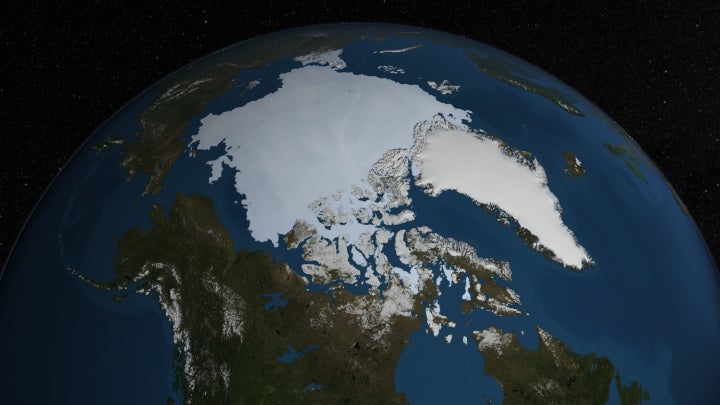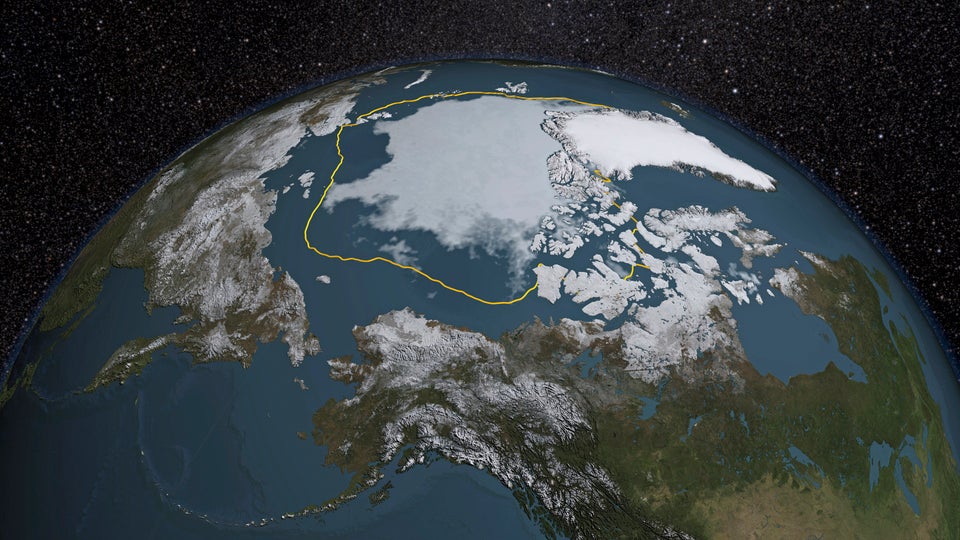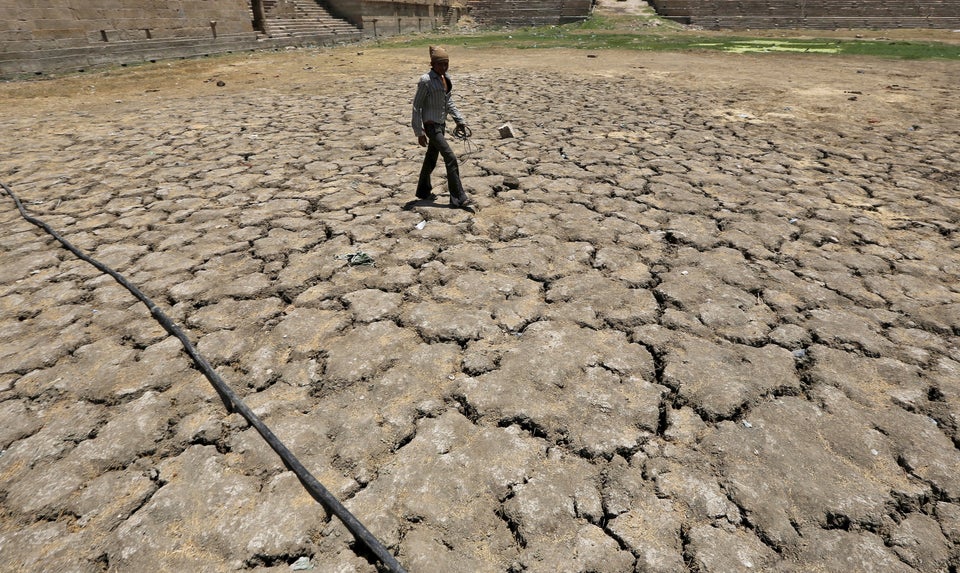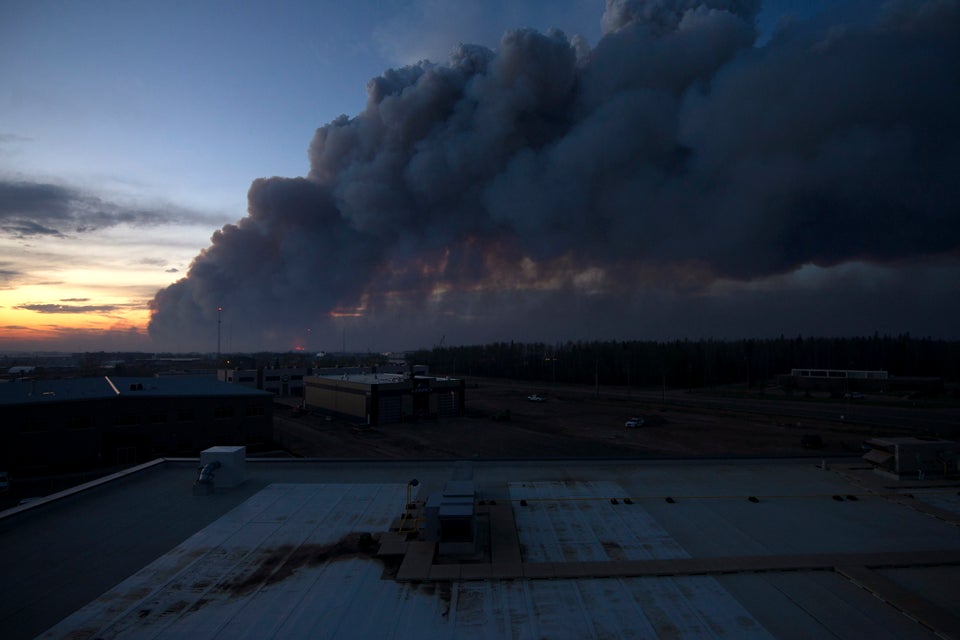NASA, the Met Office and the Japan Meteorological Agency have all confirmed what many of us suspected: 2016 was the hottest year on record, again.
Globally averaged temperatures for the planet were 0.99 degrees above the mid-20th century mean.
To put that in even greater perspective, surface temperatures were at their warmest since records began in 1880.
If this all sounds a bit repetitive then NASA’s not lost on this. In fact as this excerpt from its official statement shows, it’s getting tired of repeating itself
“Two years ago, we wrote: ‘The year 2014 was Earth’s warmest in 134 years of records.’ Last year we wrote: ‘2015 was the warmest year ever recorded on Earth, and it was not even close.’ This year, we are running out of ways to say it.”
The figure above shows, rather helpfully that for many of the early record-keeping years temperature fluctuations were low and manageable.
However sometime around the mid-20th century we start seeing an acceleration, ending in 2005, 2010, 2014, 2015 and 2016 all breaking records.
It should be noted that the increase would not have been so severe had it not been for natural phenomenon such as El Niño and La Niña.
“Warm and cool the surface waters of the tropical Pacific Ocean and cause variations in global wind and weather patterns—contribute to short-term variations in global average temperature.” explains NASA.
Taking this into account NASA believes both events added a 0.12 degree anomaly to the temperature.
While not every part of the planet did experience record-breaking temperatures last year, the places that did were in line with our wider fears over the effects of climate change.

Record low areas of Arctic sea ice confirm what many already knew which is that the Arctic experienced it warmest year since recordkeeping began.
To increase awareness of this worrying trend, NASA unveiled a video which compiled much of their Earth observation equipment data to give a visual insight into just how fast the planet has been warming.
“2015 was remarkable even in the context of the ongoing El Niño,” said GISS Director Gavin Schmidt.
“Last year’s temperatures had an assist from El Niño, but it is the cumulative effect of the long-term trend that has resulted in the record warming that we are seeing.”
Prof Tim Osborn is the Director of Research at the University of East Anglia’s Climatic Research Unit. He said: “Multiple lines of independent evidence confirm that the planet has warmed over the last 150 years: warmer oceans, warmer land, warmer lower atmosphere and melting ice. This long-term trend is the main cause for the record warmth of 2015 and 2016, surpassing all previous year
This Is What Climate Change Is Doing To The World





